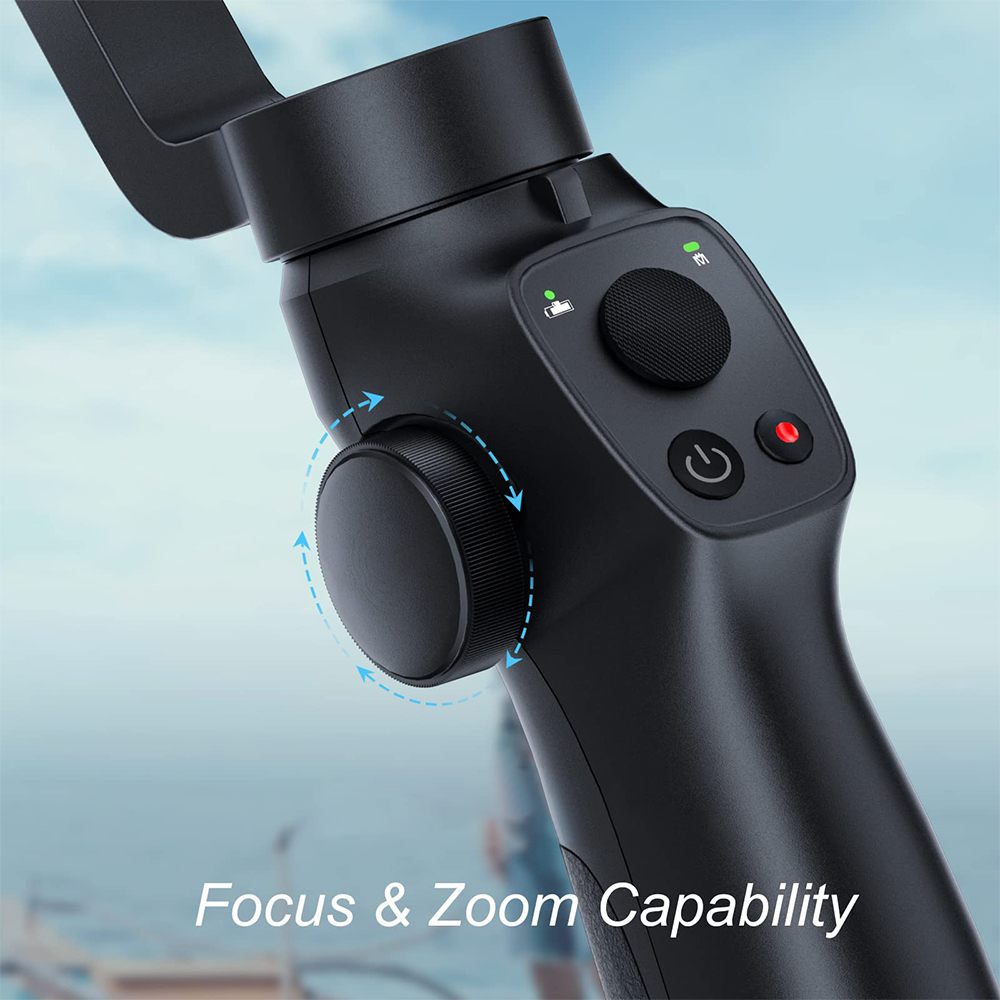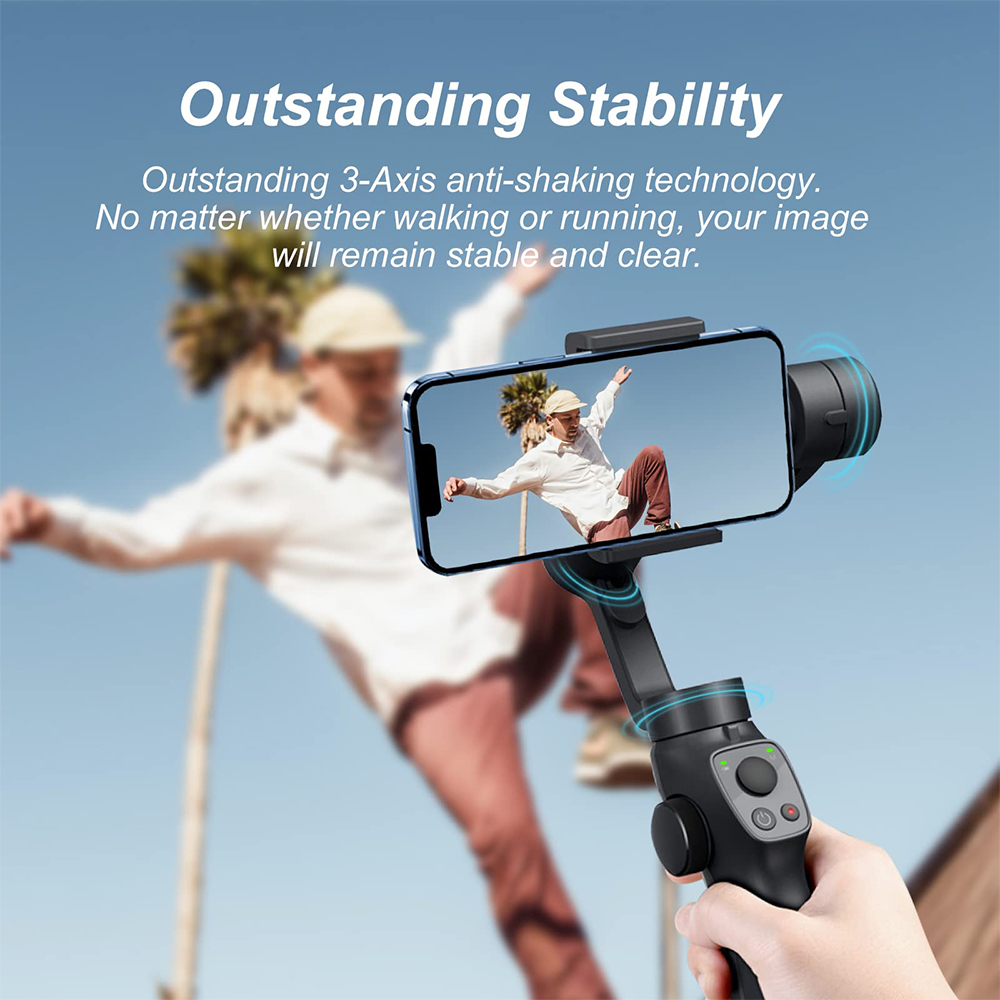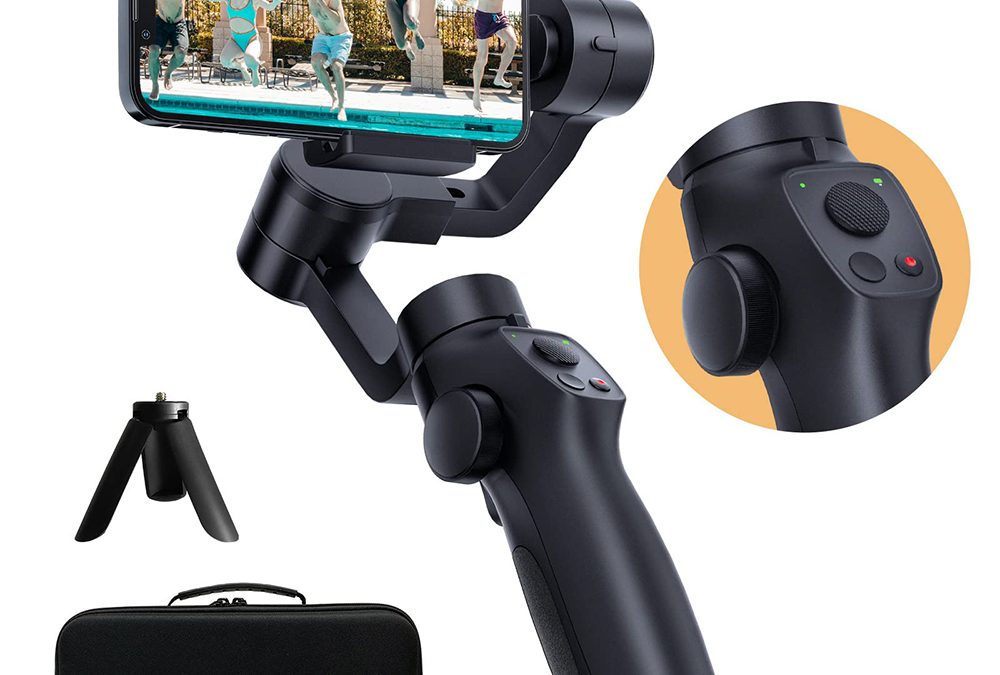スムーズで静かなジンバルが、完璧な映像を撮影するために不可欠であることは、プロのビデオグラファーなら誰でも知っている。ジンバル内のギアシステムは、不要な動きを打ち消すために不眠不休で働きますが、他の機械部品と同様、時間とともに摩耗します。現代の 可動式ジンバル 通常、精密加工されたプラスチック製または金属製のギアが使用され、互いに噛み合って滑らかな動きを生み出します。これらのギアは、最適な性能を維持するために適切な潤滑と時折の交換が必要です。正常に作動していれば、かすかなうなり音は聞こえないはずです。ガタつきやきしみがあれば、ギアシステムを点検する時期が来ていることを示しています。
モバイル・ジンバルのギアに注意が必要な一般的な兆候
モバイル・ジンバルは、ギアのメンテナンスが必要になると、聴覚的・物理的に明確な合図を出します。最も明らかな兆候は、ジンバルが新品のときにはなかったような金属的な研磨音、甲高いキーキー音、クリック音など、操作中に新たな異常音が発生することです。また、ハンドルの振動が大きくなったり、映像に顕著なジッターが発生したりすることもあります。モバイルジンバルに「デッドゾーン」が発生し、モーターのレスポンスが一定でないと感じるユーザーもいます。性能の問題は、ギアが最も緊張状態にある、ゆっくりとした正確な動作中に最初に現れることがよくあります。重いカメラのセットアップを持ち運ぶときだけジンバルにノイズが発生する場合は、ギアの摩耗に対処する必要があるサインでもあります。
摩耗したギアが移動スタビライザーの性能に及ぼす影響
ギアの損傷は、単に不快な音を発生させるだけでなく、モバイルジンバルの機能に深刻な影響を与えます。ギアの歯が摩耗していると、映像に微小なスタッターが発生し、ポストプロダクションで修正することがほぼ不可能になります。ジンバルが過剰に補正されたり、微妙な動きに反応しなかったりすることに気づくかもしれません。モーターは損傷したギアを補うために長時間働かなければならず、バッテリーの寿命が短くなり、モーターが焼損する可能性があります。ギアが摩耗したモバイルジンバルは、正確なバランス能力も失うため、初期セットアップに時間がかかる。このような性能の問題は時間とともに悪化する可能性があるため、ギアの問題に早めに対処することが、機材とクリエイティブなアウトプットを守ることにつながります。

移動式スタビライザー・ギアの予防保全
定期的なメンテナンスにより、モバイルジンバルギアシステムの寿命を大幅に延ばすことができます。まず、摩耗を早めるほこりやゴミを取り除くため、柔らかく乾いたブラシでギア表面を毎月清掃します。3~6ヶ月に一度、メーカー推奨の潤滑剤を塗布し、ホコリを寄せ付けないよう少量にします。環境による損傷からギアを保護するため、モバイルジンバルは常にケースに入れて保管してください。持ち運びの際は、テンションロックを緩めてギアの歯にかかる圧力を緩和してください。頻繁に撮影する場合は、複数の ジンバル で摩耗を分散させる。このようなシンプルな習慣によって、シルクのように滑らかで安定した性能を維持しながら、ギアの交換を数カ月から数年先延ばしにすることができる。
ギアの修理と交換のタイミング
すべてのギアの問題に完全な交換が必要なわけではありません。モバイルジンバルに専門的な修理が必要な場合もあります。軽微な鳴きであれば、適切な清掃と注油で直ることがよくあります。特定の動きだけがノイズを発生させる場合は、ギアパーツを交換するのではなく、特定のギアパーツを調整する必要があるかもしれません。しかし、ハウジングに金属の削りくずがあったり、歯の損傷が目立ったり、メンテナンス後も性能上の問題が続くようであれば、交換の時期かもしれません。モバイルジンバルの使用年数を考慮してください - 使用期限が迫っていて、複数の症状が見られる場合は、新しいギアに投資する方が、繰り返し修理するよりも費用対効果が高い場合があります。ハイエンドモデルには交換用ギアキットが用意されていることが多いが、安価なジンバルではユニット全体の交換が必要になることもある。

ギア交換のステップバイステップガイド
モバイルスタビライザーのギアを交換するには、根気と適切な工具が必要です。具体的な分解手順については、メーカーのマニュアルを参照することから始めましょう。通常、精密ドライバー、プライバー、場合によってはトルクスドリルビットが必要です。清潔で明るい場所で作業し、各ステップで写真を撮って、正しく再組み立てできるようにします。ハウジングを取り外した後、古いギアを慎重に取り外し、その向きに注意する。新しいギアを取り付ける前に、すべての構成部品を完全にクリーニングする。新しいギアの歯にメーカー認定の潤滑剤を薄く塗る。可動式スタビライザーを再び組み立てる際は、無理にアライメントを調整することなく、すべてのギアがスムーズに噛み合っていることを確認してください。
ジンバルの性能を維持する
モバイルジンバルのギアシステムは、スムーズなトラッキングショットや映画的なプレゼンテーションを支える縁の下の力持ちです。初期の警告サインを認識し、定期的なメンテナンスを行い、コンポーネントの交換時期を知ることで、投資とクリエイティブなアウトプットを保護することができます。最近のモバイルジンバルはメンテナンス性を考慮して設計されており、多くのメーカーが詳細なメンテナンスガイドや交換部品を提供しています。ギアの摩耗が映像に影響を与えるまで待つ必要はありません。積極的にメンテナンスを行うことで、ジンバルを静かで効率的な動作に保つことができます。

